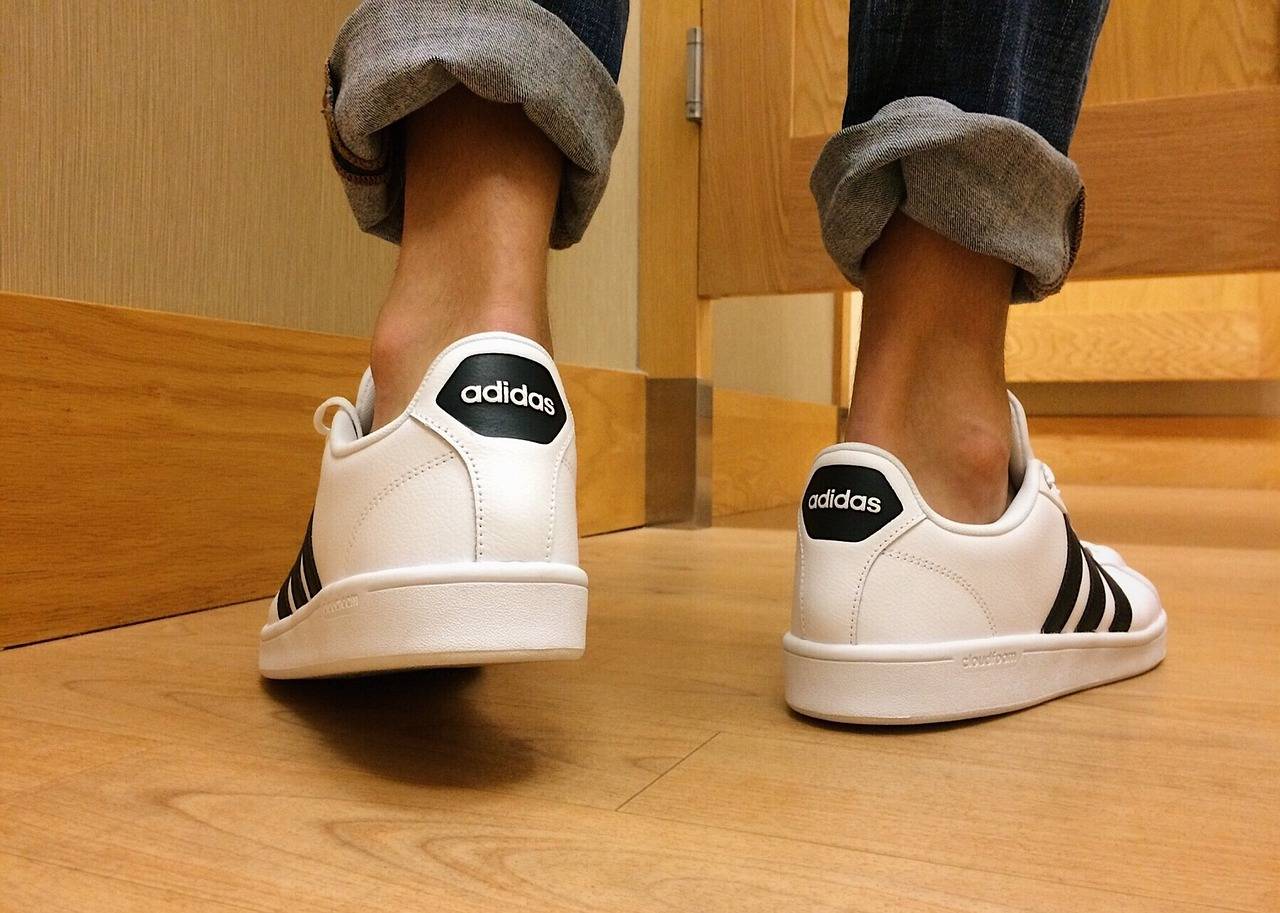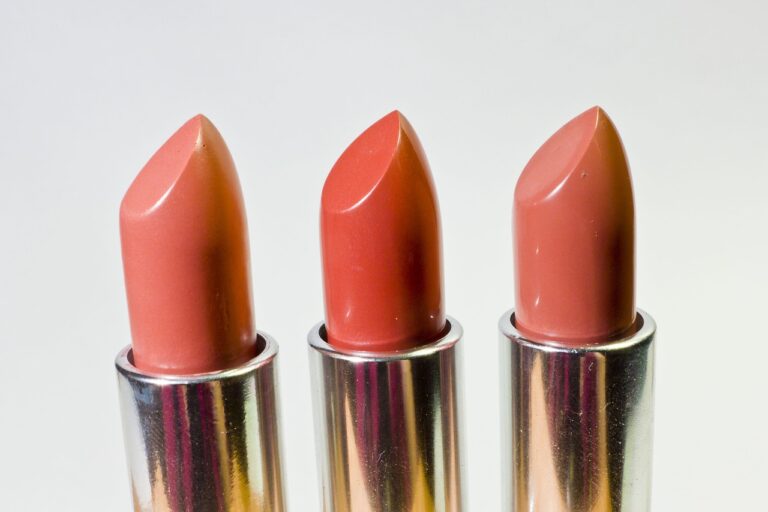Fashion and Body Image: Breaking Stereotypes Through Fashion Campaigns
Fashion campaigns often showcase idealized and often unrealistic body images, setting a standard that becomes ingrained in society’s perception of beauty. These campaigns frequently feature models who are tall, thin, and flawless, leading many individuals to compare themselves to these unattainable standards. Consequently, this can contribute to feelings of inadequacy and poor self-esteem among those who do not fit into the narrow mold presented in these advertisements.
Moreover, the constant bombardment of these images in fashion campaigns can perpetuate harmful stereotypes and perpetuate unrealistic beauty standards. The relentless portrayal of a singular type of beauty can lead to negative consequences, such as body dissatisfaction, disordered eating behaviors, and even mental health issues. As a result, it is essential for the fashion industry to diversify its portrayal of beauty in campaigns to promote a more inclusive and realistic representation of individuals of all shapes, sizes, and backgrounds.
Challenging Beauty Standards in Fashion Advertising
Fashion advertising has long been criticized for perpetuating unrealistic beauty standards that can negative impact body image. By featuring mainly thin, tall, and flawless models, these campaigns have reinforced the idea that beauty is homogeneous and unattainable for the majority of people. However, in recent years, there has been a shift towards embracing diversity and inclusivity in fashion advertising.
Many brands are now incorporating models of various sizes, ethnicities, ages, and abilities in their campaigns to better reflect the diverse nature of society. By showcasing a wider range of beauty standards, these advertisements are not only more relatable to consumers but also send a powerful message about acceptance and self-love. This shift towards challenging traditional beauty standards in fashion advertising is a positive step towards promoting body positivity and inclusivity in the industry.
How do fashion campaigns impact body image?
Fashion campaigns often promote unrealistic beauty standards, leading to negative body image issues among individuals.
How can beauty standards in fashion advertising be challenged?
Beauty standards in fashion advertising can be challenged by promoting diversity, inclusivity, and authenticity in campaigns.
What are some examples of brands challenging beauty standards in their advertising?
Brands like Dove, Aerie, and Fenty Beauty have been praised for challenging beauty standards in their advertising by featuring diverse models and promoting body positivity.
Why is it important to challenge beauty standards in fashion advertising?
Challenging beauty standards in fashion advertising is important to promote self-acceptance, inclusivity, and diversity in the industry.





